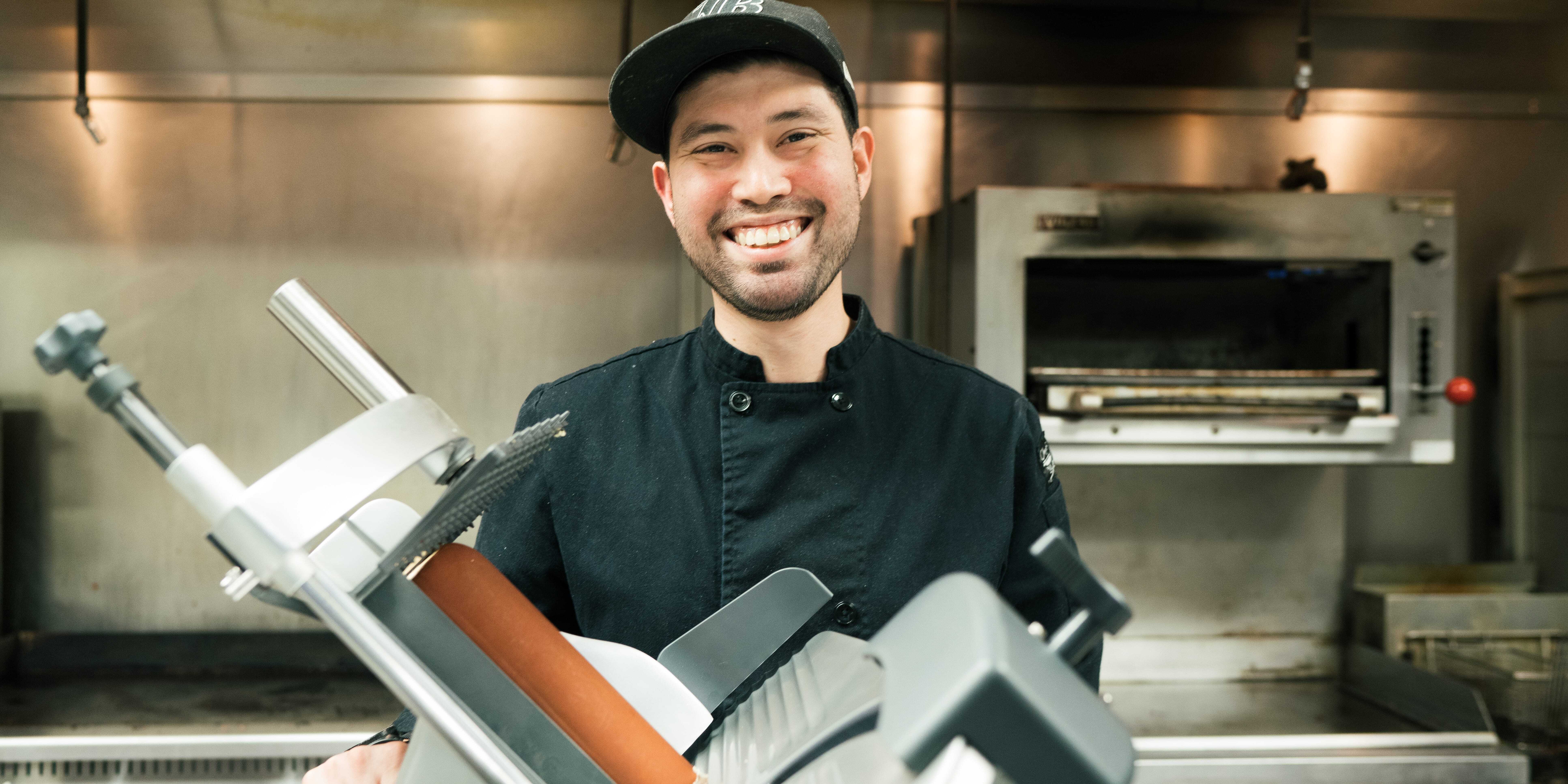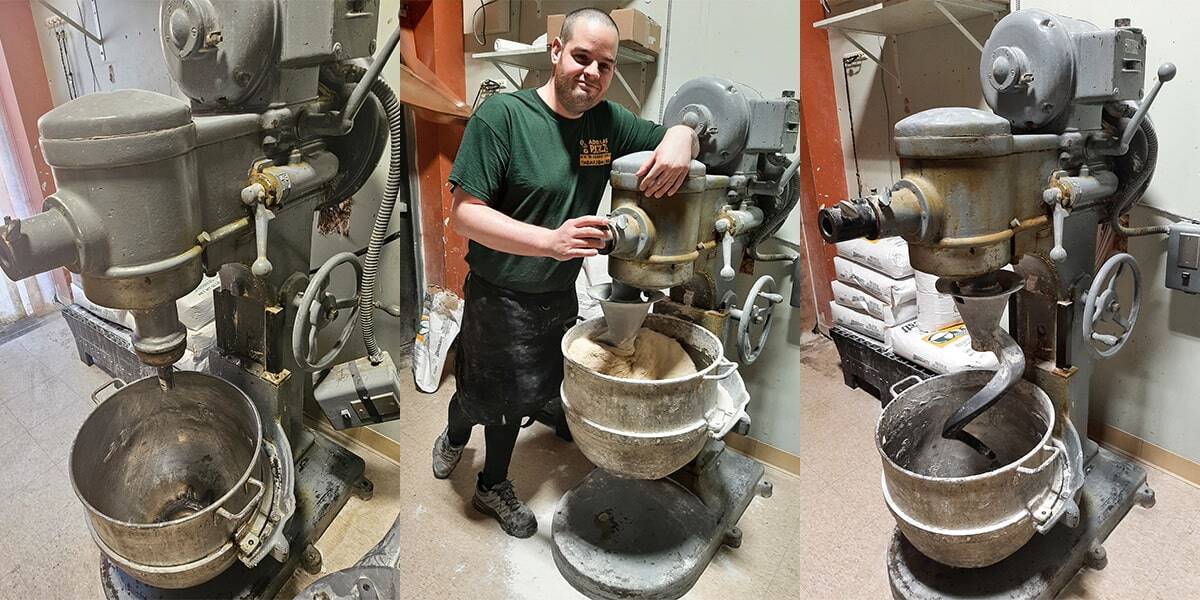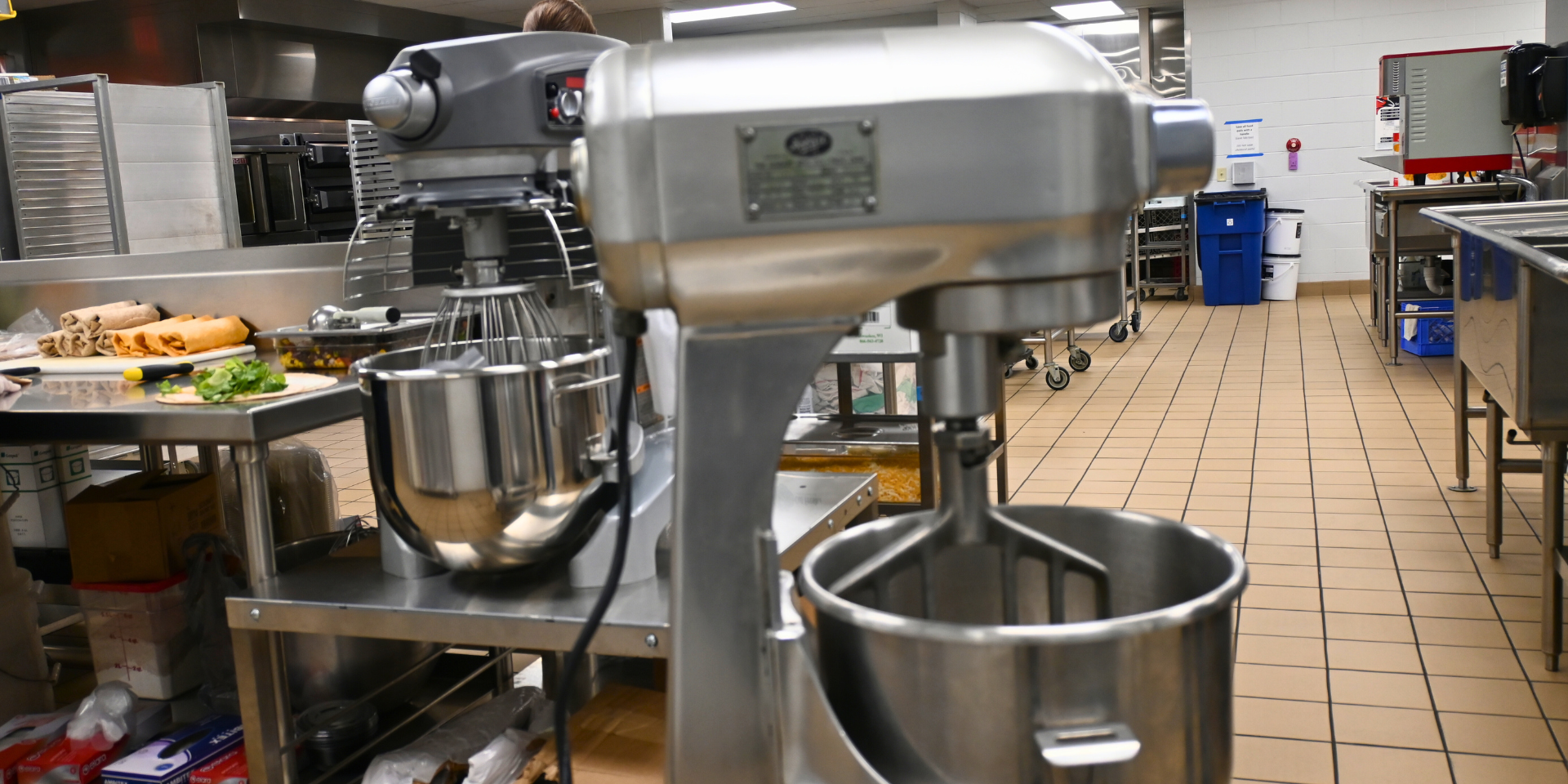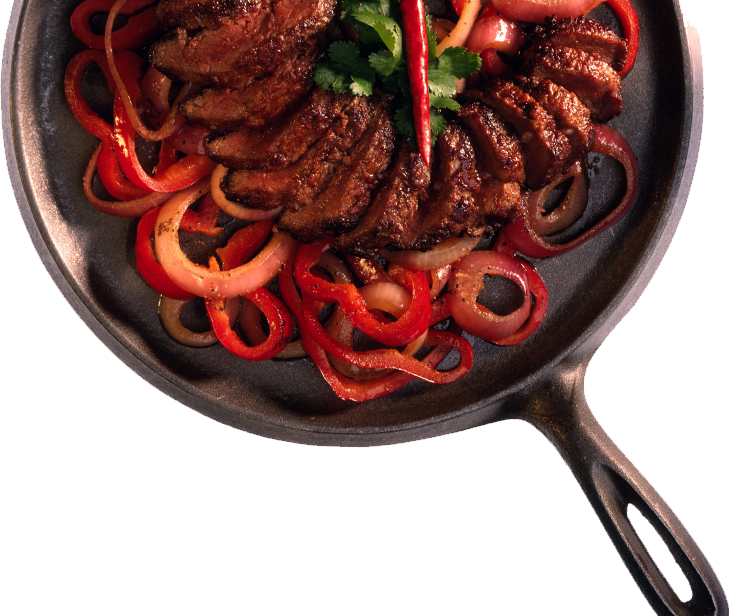- You can fill lighter ingredients like whipped toppings, icings or sauces to the top of the bowl without overtaxing the motor. This helps increase productivity by accommodating larger batches.
- There’s less chance of overfilling the bowl to the point that ingredients can’t be thoroughly mixed.
- Your finished product has the consistency and quality you desire.
For kitchens that mainly mix heavier ingredients such as pizza dough or bread dough, proper mixer capacity depends on motor power rather than how much the bowl will hold. Past a certain point, the motor can stall or stop when there is too much dough to mix.
What About Absorption Ratio? Understanding absorption ratio is the next step in determining the right mixer size, since the recommended maximum mixer capacity depends on the moisture content of the ingredients and applications. The absorption ratio percentage is determined by dividing water weight at a given temperature by flour weight. Hobart bases mixer capacity on an absorption rate calculation formula of 12% flour moisture at 70-degree Fahrenheit water temperature.
Hobart offers capacity charts for each size mixer — planetary and spiral — to show the amount each is capable of handling — from cake batter to bread and pizza dough. Hobart also offers a mixer capacity calculator that recommends the correct-sized Legacy+ mixer based on the recipe being mixed.
About the Author
.jpg?width=67&height=67&name=Bilger%20Carolyn%201%201x1-2_%20(002).jpg) Carolyn Bilger is the marketing director for Hobart – Food Preparation Products. She has been with Hobart since 2015 and sets the strategy for marketing and new product development for the full line of Hobart food preparation equipment. See all her blogs here.
Carolyn Bilger is the marketing director for Hobart – Food Preparation Products. She has been with Hobart since 2015 and sets the strategy for marketing and new product development for the full line of Hobart food preparation equipment. See all her blogs here.


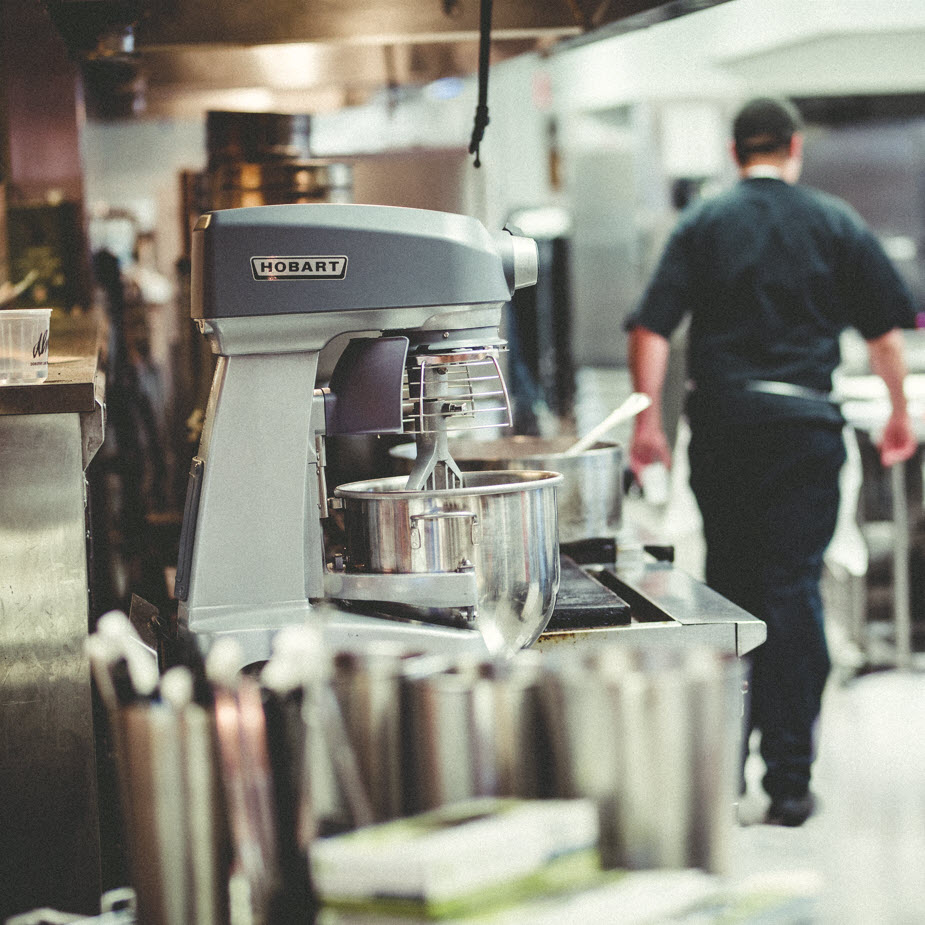

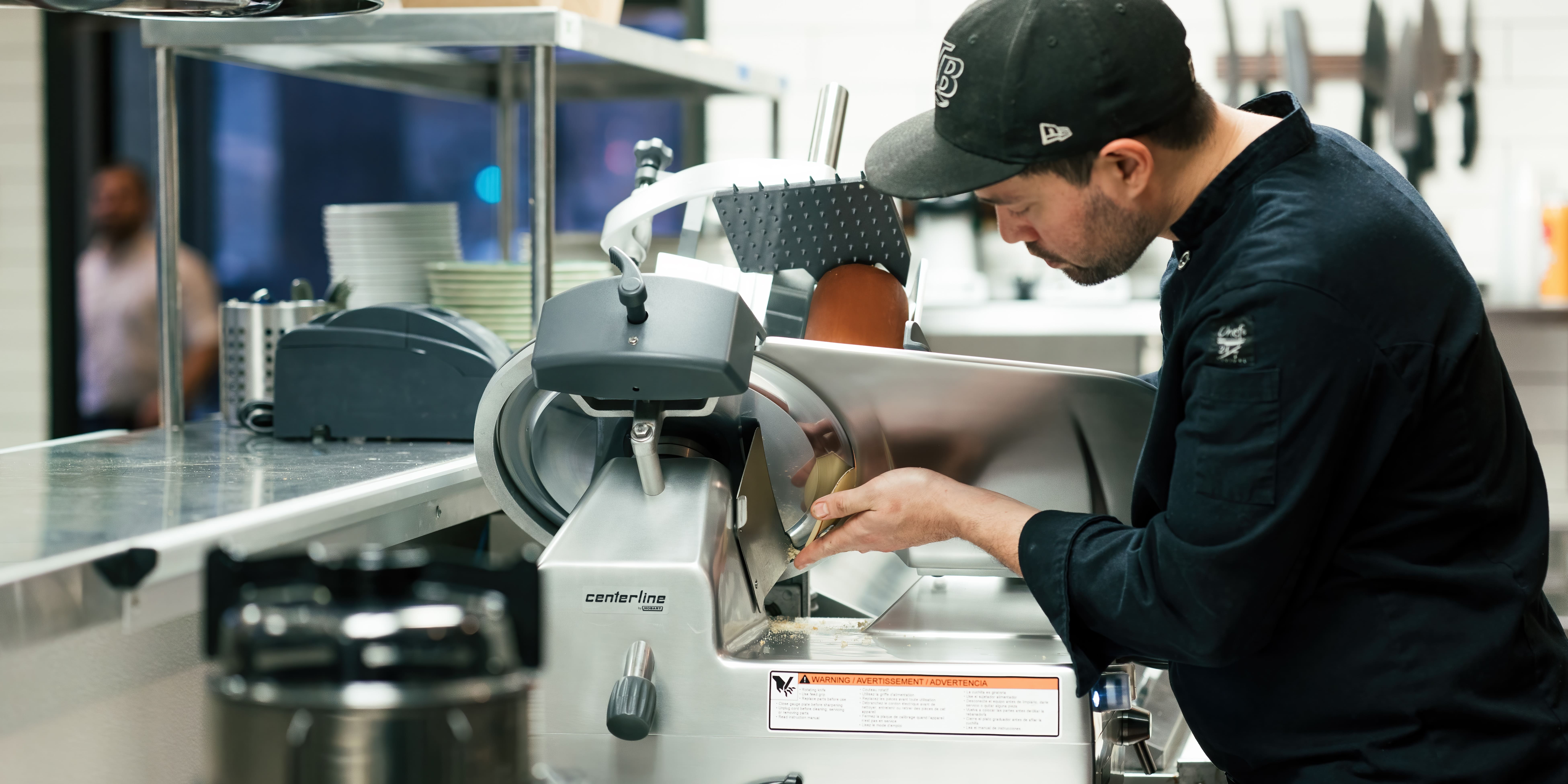
-min.jpg)
